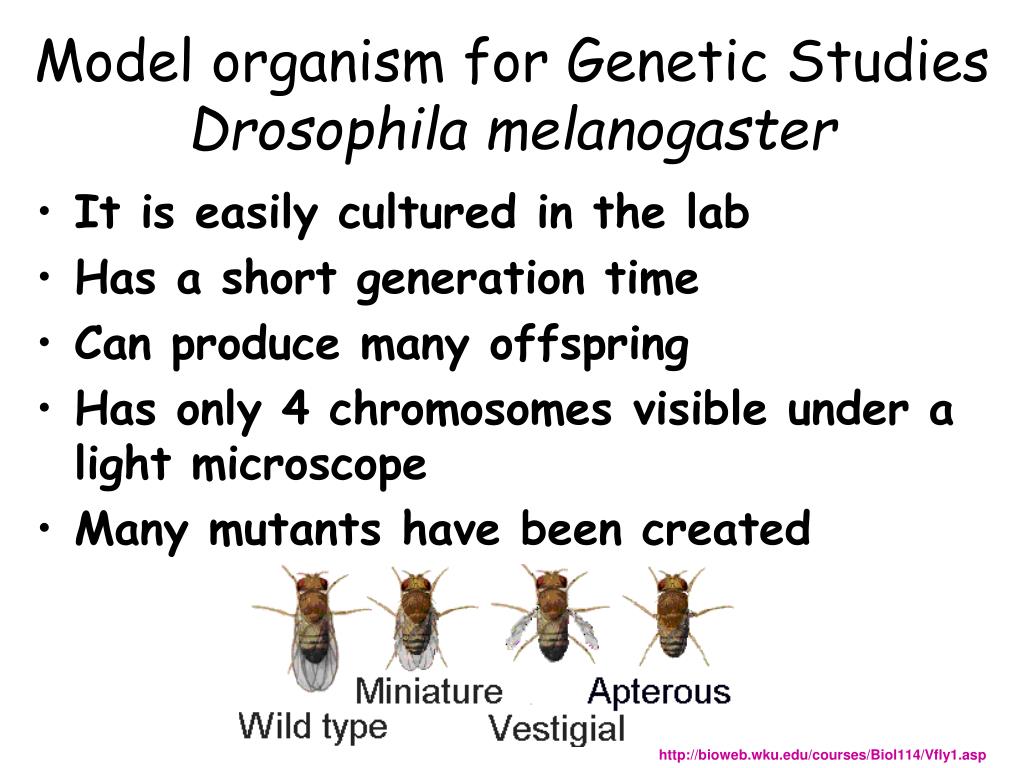Living creatures are the most complex structures known to science so its not surprising that mistakes can be made in their construction. Yes, those mistakes can certainly be tragic when you think about those children who are born with birth defects, but still it’s not surprising. The study of creatures who are born with a radical difference between them and other members of their species is formally known as Teratology which literally means ‘the study of monsters’. I suppose that says something about the social attitudes of even well educated scientists back about two hundred years ago.

Back then teratology was one of the ways biologists could learn something about the way organisms grow. Sometimes you can learn more about a system from the way it breaks than you can from when it is working perfectly. For example, about a hundred years ago geneticists began raising fruit flies, drosophila melanogaster, as a way of studying inheritance. Fruit flies are easy to raise, have very short generations and importantly only four chromosomes so they are perfect for genetic studies.

The researchers noticed that once in a great while a fly would be hatched with a superfluous leg where one or both of its antennas should be. This happens because the antennas of insects are in fact modified legs! Mutations such as this are known as atavisms from the Latin for ancestor. In other words some defect has caused a body part to develop as it would have developed in an ancestral species rather than the way it should in the species today.

The same phenomenon has been observed in horses whose hooves are just the middle finger of the original mammalian five digits. Sometimes however a horse is born with either digit two or four, or both showing. This is evidence that long ago the ancestors of horses had more toes than now, all the way back to the five digits of the first land dwelling vertebrates.

Atavisms are one form of malformation, others include missing parts, a condition that can often be lethal, extra parts, such as a sixth finger, as well as parts in the wrong places. An example of that final category of malformations happened to make the news recently, Narwhal the puppy with a tail growing out of its forehead.

Narwhal was found abandoned in Missouri and taken to Mac’s Mission, a non-profit animal shelter that specializes in special needs animals. When found Narwhal was an estimated 10 weeks old and is perfectly healthy except for that extra tail. He does have a normal tail where it’s supposed to be by the way. The extra tail is not causing Narwhal any pain or discomfort nor does he appear to have any control over it, it simply flops from side to side as Narwhal plays.

Presently Narwhal is not eligible for adoption as the staff at Mac’s Mission would like to let him get a little older and make certain that his extra tail is not going to be a problem in any way. Narwhal has become an Internet sensation however with over 10,000 likes. A popularity that the staff at Mac’s Mission hope will bring attention to the important work that they are doing.
Then, just a day after the first news items about Narwhal was published another example of an animal with extra parts was discovered. In a forest on Michigan’s upper peninsula a hunter turned wildlife photographer named Steve Lindberg, who also happens to be a former state representative, discovered a three antlered deer. Looking at the image below you can see that the animal has a normal, five pointed antler on the left side of his head but two smaller antlers on the right side of his head.

Mr. Lindberg was able to observe the ‘One in a Million’ deer for several hours and the animal appeared to not be suffering in any way from its extra antler. Unlike Narwhal, who has been thoroughly examined by a vet, scientists have only Mr. Lindberg’s images with which to study the deer. Based on those photos naturalists cannot be certain whether the malformation is caused by a normal antler that split in two, each half continuing to grow, or is the third antler a true mutation.
If the extra antler is due to a mutation, Narwhal’s extra tail almost certainly is, then there is a possibility that their offspring could inherit their extra body part. That means that a few years from now more three horned deer might be seen on Michigan’s upper peninsula.
As for Narwhal, exotic pets are very popular right now and a dog with an extra tail in its forehead is certainly exotic. It’s actually possible that Narwhal could father an entirely new breed of dog, an example of what Darwin called ‘Artificial Selection’ and discussed at length in ‘The Origin of Species’.
In the long run of course evolution depends on the birth of individuals who differ in some way from all of their ancestors. Mutations are the raw material that natural selection uses to create new species. They don’t give superpowers nor are they anything to be afraid of. They are just a part of the way life works.

